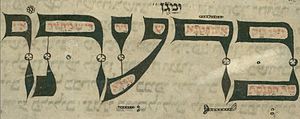
Cargando...
Que podo facer?
226297 materialEducativo
textoFiltroFichatipo de documento Artigo de Wikipedia Language
Sobre este recurso...


Mira un ejemplo de lo que te pierdes
Categorías:
Etiquetas:
Fecha publicación: 27.5.2015
Queres comentar? Rexístrate ou inicia sesión
Engadir a Didactalia Arrastra el botón a la barra de marcadores del navegador y comparte tus contenidos preferidos. Más info...
Comentar
0